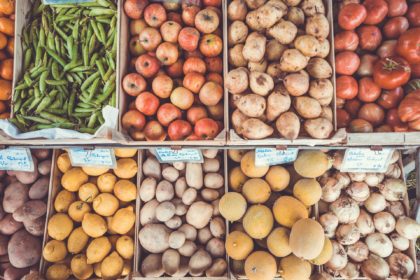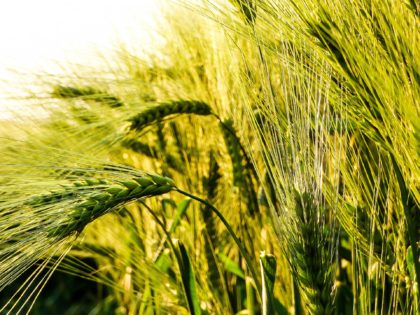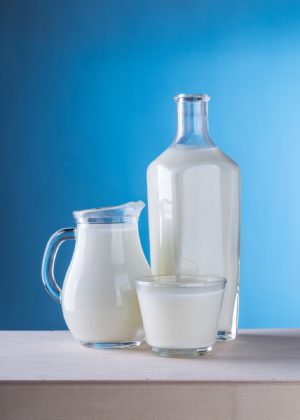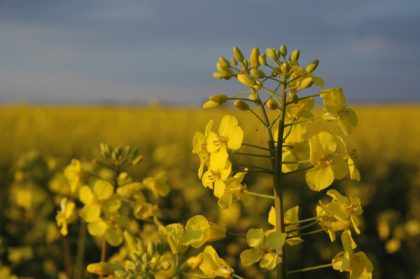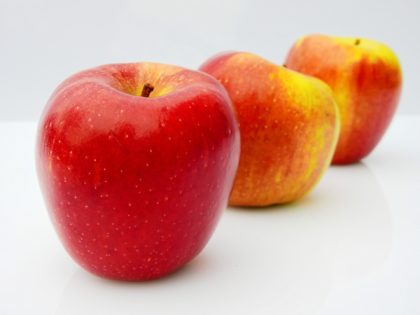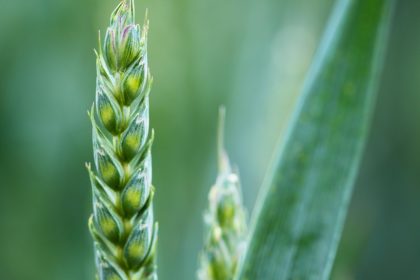Filling the Global Grocery Bag
Students learn what factors affect a country’s ability to produce their own food and how food expenses differ throughout the world. Developed by National Ag in the Classroom, this grade 9-12 resource is linked to curriculum outcomes.



